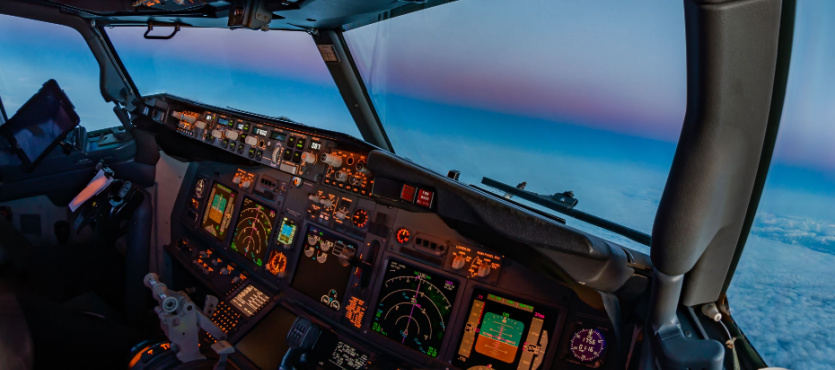Cloudy weather can complicate flying for pilots who don’t have the necessary experience or qualifications to fly in such conditions, which is why instrument rating exists. IFR is an advanced aviation certification that enables qualifying pilots to take flight instead of being grounded in poor weather conditions that affect visibility.
Typically, this involves 30 hours of ground school, 40 hours of instrument flight training, 50 hours of pilot in command (PIC) cross-country experience, and a written exam to fly under Instrument Flight Rules (IFR).
Without an instrument rating certification, pilots can only fly during Visual Flight Rules (VFR) conditions, making it an invaluable certificate to have among your qualifications as an aviator. To help you pass the exam and earn your certification, here are seven actionable tips and tricks for the instrument rating.
Get Some Experience
Many pilots train for instrument rating using IFR-simulated flight, typically involving a hood or goggles. While this can be an effective way to hone your skills and learn to fly in IFR conditions, the truth is that such methods will not simulate the real sense of anxiety flying in IFR conditions can induce in green pilots.
That is why you should try and train in realistic conditions with your instructor, to better prepare yourself for flying in poor visibility weather and growing more comfortable with it. That will help you prepare and earn your instrument rating.
Train At Night
Training on a weeknight can help you complete your training faster by not always having to wait for the weekends. Additionally, it is an efficient way to practice instrument rating. It will help you be more confident flying during night IFR conditions and rely on your instruments in poorer visibility due to the dark. That said, you should combine it with some daytime practice for the best results.
Fly Often
While pouring over study materials and practicing in simulated environments can help, spending more time in the air and practicing flying in IFR conditions can boost your knowledge further. The less often you fly, the harder it will be to qualify and hone your skills.
Practice With Tight Tolerances
IFR training is all about precision and accuracy. Flying with tight tolerances can go a long way to help you meet the qualifications and avoid developing bad habits and patterns. By forcing yourself to be as precise as possible and sticking to the numbers and altitudes, you can better prepare to fly at the same standards necessary in IFR conditions.
Watch Guides
While spending as much time flying is the best thing you can do to develop your skills, in reality, this may not always be the case. Additionally, you may need guidance and help in learning to make approaches with your GPS, which is where YouTube can come in handy. There are many resources online that you can use to learn and develop your skills in your downtime.
Keep Scanning And Cross-Referencing Instruments
Keeping track of all the information presented to you can be a challenge, which is why you should make it a habit to constantly scan all of your instruments for new data and cross-reference them with other devices in the cockpit.
Use Acronyms
Muscle memory can help you retain significant information and perform your duties in stressful situations. To help you earn your instrument rating, consider coming up with different acronyms to help you retain information and memorize all that you need to know.
Airlink Flight School
IFR is an invaluable certification to have as an aviator if you want to achieve the best results. Therefore, it is imperative to join a program that can give you everything you need to succeed in your career as a pilot. Airlink Flight School offers high-quality instruction from experts in the industry to prepare you for an aviation career. Contact us today to learn more or enroll in our program.

